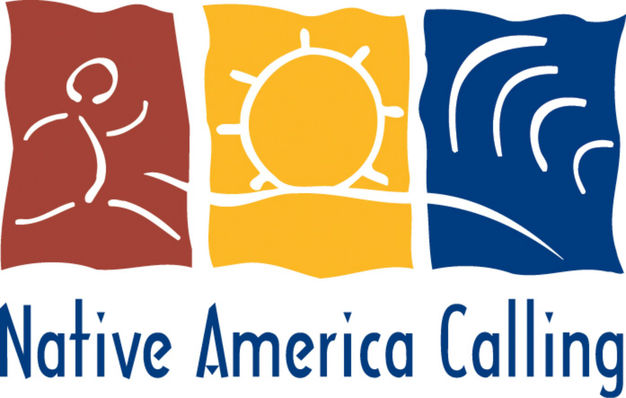
Native America Calling - The Electronic Talking Circle
Native Voice One - NV1
A live call-in program, engaging noted guests and listeners in a thought-provoking national conversation from a Native perspective. Hosted by Tara Gatewood (Isleta).
- 56 minutes 15 secondsWednesday, January 22, 2025 – Is the Antiquities Act an antique?

With the support of area tribes, President Joe Biden just designated the Chuckwalla National Monument using his authority under the Antiquities Act. That same law created the path for President Barack Obama to designate the Bears Ears National Monument in Utah. Both actions stirred opposition from ranchers, oil drillers, and other profit-driven entities who see a better use for that land. Now, that opposition is surfacing in Congress, as a bill to strip the president’s use of Antiquities. We’ll talk about what the Antiquities Act does, and how it protects — and hinders — Native American interests.
GUESTS
Shannon O’Loughlin (citizen of the Choctaw Nation of Oklahoma), chief executive and attorney for the Association on American Indian Affairs
Arnold Thomas, tribal vice-chairman for the Shoshone-Paiute Tribes of the Duck Valley Indian Reservation
Matthew Campbell (enrolled member of the Native Village of Gambell on the Saint Lawrence Island in Alaska), deputy director of the Native American Rights Fund
Break 1 Music: In the River: A Protest Song (song) Raye Zaragoza (artist)
Break 2 Music: Come On Down (song) Blue Moon Marquee (artist) Scream, Holler, and Howl (album)
22 January 2025, 2:00 pm - 55 minutes 30 secondsTuesday, January 21, 2025 — Leonard Peltier: “I’m going home”

Leonard Peltier will spend the remainder of his prison sentence at home after the 11th-hour action by President Joe Biden. Friends, family and supporters expressed surprise and relief as they heard the news Monday. National Congress of American Indians President Mark Macarro said Biden’s decision comes after “50 years of unjust imprisonment,” and is a powerful act of compassion and an important step toward healing.” In December, Macarro personally asked Biden to take action on Peltier’s behalf. Among the many advocates for Peltier’s release over the past five decades include South African President Nelson Mandela, Mother Teresa and the United Nations High Commissioner on Human Rights. We’ll hear from Peltier’s family and others who have followed his case about what this action means for him and how it will be viewed historically.
Break 1 Music: Ojibwe Honor Song (song) Darren Thompson (artist)
Break 2 Music: Come On Down (song) Blue Moon Marquee (artist) Scream, Holler, and Howl (album)
21 January 2025, 2:00 pm - 55 minutes 40 secondsMonday, January 20, 2025 – Accounting for those who never made it home from Indian Boarding Schools

Seven children died in the first year of the Carlisle Indian Industrial School’s operation. Another 220 died over the school’s next 38 years. They are among the more than 3,100 students a year-long Washington Post investigation finds died while separated from their families in Indian Boarding Schools. Their tally is three times that of the recent investigation by the U.S. Department of Interior. Many of the deaths are attributed to illness, accidents, or neglect. Others have no official explanation or remain suspicious. We’ll discuss the Post’s investigation and why having an accurate accounting is important. Plus, Jeni
GUESTS
Jim LaBelle (Iñupiaq), board member for the National Native American Boarding School Healing Coalition
Benjamin Jacuk (Dena’ina Athabascan and Sugpiaq), researcher at the Alaska Native Heritage Center
Dana Hedgpeth (Haliwa-Saponi), reporter at the Washington Post
Break 1 Music: Reservation of Education (song) XIT (artist) Silent Warrior (album)
Break 2 Music: Come On Down (song) Blue Moon Marquee (artist) Scream, Holler, and Howl (album)
20 January 2025, 11:00 am - 56 minutes 13 secondsFriday, January 17, 2025 – Native in the Spotlight: Ted Nolan


Ted Nolan conducts a youth hockey camp in northern Ontario (Photo: courtesy Ted Nolan)
Ted Nolan’s home on the Garden River First Nation reserve in northern Ontario didn’t have electricity or running water, but it did have a hockey rink in the backyard that Nolan built to satisfy his own passion to play. That passion grew into a successful hockey playing and coaching career that included the Jack Adams Award as NHL Coach of the Year. In his book, Life in Two Worlds: A Coach’s Journey from the Reserve to the NHL and Back, Nolan recounts both pride in his Indigenous identity and overt racism as he worked to excel in his sport.
GUEST
Ted Nolan (Garden River First Nation), President of 3Nolans, former NHL player, award-winning NHL coach, and former Olympian
Break 1 Music: My Wild Rose (song) Blue Moon Marquee (artist) Scream, Holler, and Howl (album)
Break 2 music: Intertribal Song (song) Dakota Nation (artist) Home of the Champions (album)
17 January 2025, 2:00 pm - 56 minutes 5 secondsThursday, January 16, 2025 – Preparing for Trump’s ‘first day in office’

President-elect Donald Trump has promised at least 100 executive orders as soon as he takes office. Many of those are, in his words, aimed at undoing “much of what Biden did”. Tribes and Native organizations are preparing to fight, and in some cases benefit from, what they expect based on Trump’s comments and his record during his first term. We’ll look at what those expectations are – from fewer protections for important land to greater access to extraction resources.
GUESTS
Donald Medart Jr., a tribal council member for the Fort Yuma Quechan Indian Tribe
Myron Lizer (Diné), former Navajo Nation Vice President and professional development consultant for Prestige with Partners LLC
Curtis Yanito (Diné), Navajo Nation council delegate and a co-chair of the Bears Ears Commission
Break 1 Music: Someone Drew a Line (song) Vincent Craig (artist) Vol. 1 (album)
Break 1 Music: Strongheart (song) Sissy Goodhouse (artist) The Third Circle (album)
16 January 2025, 2:00 pm - 55 minutes 57 secondsWednesday, January 15, 2025 — On the ground in the Los Angeles fires

Wildfires in Los Angeles have killed at least 24 people and destroyed thousands of homes. The traditional homelands of the Tongva and Chumash people, among others, is now home to the largest urban Native American population in the U.S. United American Indian Involvement, Inc. and Pukúu Cultural Community Services (Fernandeño Tataviam Band of Mission Indians) are providing support for displaced locals. Tribes across the country are sending firefighting crews, supplies and cash. Amid the chaos, incoming President Donald Trump falsely blamed water management policies in Northern California for inoperable fire hydrants in Los Angeles. Conservative commentators extended that complaint to include the decision to remove Klamath River dams in favor of salmon restoration. We’ll talk with those affected by the fires and learn more about the political rhetoric arising from it.
GUESTS
Courage Escamilla (Tarahumara and Lakota), activist
Johnnie Jae (Otoe-Missouria and Choctaw), founder of Grim Native
Bodie Shaw (Confederated Tribes of Warm Springs), deputy regional director for the Northwest Region of the Bureau of Indian Affairs
Don Gentry (Klamath Tribes), natural resources specialist and former chairman of the Klamath Tribes
Pamela Villaseñor (member of the Fernandeño Tataviam Band of Mission Indians), executive director of Pukúu Cultural Community Services
Break 1 Music: Strongheart (song) Sissy Goodhouse (artist) The Third Circle (album)
Break 2 Music: Intertribal Song (song) Dakota Nation (artist) Home of The Champions (album)
15 January 2025, 2:00 pm - 56 minutes 4 secondsTuesday, January 14, 2025 – Ringing in the Orthodox New Year in Alaska

The Orthodox New Year in Alaska is a mix of seal meat, tea cakes, and Alaska Native and Slavonic languages. It’s a cultural blend more than 150 years after Russia formally withdrew from what would become America’s 49th state. In that time, the Orthodox Christian customs continued to flourish and merged with Native traditions. In many ways, they are more established than in their home country, which saw religious persecution during the time of the Soviet Union. We’ll hear from Alaska Native adherents of Russian Orthodox Christianity about how they’re welcoming the New Year on January 14.
GUESTS
Benjamin Jacuk (Dena’ina Athabascan and Sugpiaq), director of Indigenous research at the Alaska Native Heritage Center
Jill Fratis (Unangan), news producer and reporter for KNBA and Koahnic Broadcast Corporation
Sperry Ash (Sugpiaq), educator and Russian Orthodox deacon
Break 1 Music: Ataniq Qujaqiliqpagit [Thank You Lord] (song) Susan Aglukark (artist) The Crossing (album)
Break 2 Music: Intertribal Song (song) Dakota Nation (artist) Home of The Champions (album)
14 January 2025, 2:00 pm - 58 minutes 59 secondsMonday, January 13, 2025 — Justin Trudeau’s record on Indigenous issues

Canadian Prime Minister Justin Trudeau’s resignation announcement halts any progress on a $48 billion proposal to reform child welfare systems on reserves. It also stalls a First Nations clean drinking water bill. Trudeau received both praise and criticism from Indigenous leaders following his resignation announcement. We’ll look at how Trudeau delivered on Indigenous issues in Canada. This is an encore show so we will not be taking calls.
GUESTS
Russ Diabo (Kahnawake Mohawk), policy analyst
Matthew Wildcat (Cree), assistant professor of Native Studies and director of Indigenous Governance and Partnership at the University of Alberta
Break 1 Music: Country Man (song) Blue Moon Marquee (artist) Scream, Holler, and Howl (album)
Break 2 Music: Buckskin Boy (song) Hataałii (artist) Waiting for a Sign (album)
13 January 2025, 11:00 am - 56 minutes 6 secondsFriday, January 10, 2025 – Native skiers

When Ross Anderson (Cheyenne and Arapaho) was clocked at more than 154 miles per hour in 2006, he set an American speed skiing record that has yet to be broken. He’s translated his talent on the slopes into outreach for Native American youth. He is among a handful of Native skiers who have made a name for themselves in competitive winter sports.
GUESTS
Ross Anderson (Cheyenne and Arapaho Tribes of Oklahoma and Chiricahua Apache), All-American record holder for speed skiing and a multiple hall of fame inductee including the U.S. Ski and Snowboard Hall of Fame and the North American Indigenous Athletic Hall of Fame
Connor Ryan (Hunkpapa Lakota), athlete, skier, and filmmaker
Ernie St. Germaine (Lac du Flambeau), tribal elder, former tribal judge, and founder with the American Birkebeiner
Break 1 Music: Head High (song) Wavelengths (artist)
Break 2 Music: Buckskin Boy (song) Hataałii (artist) Waiting for a Sign (album)
10 January 2025, 8:00 am - 55 minutes 26 secondsThursday, January 9, 2025 – Combating a Native American housing crisis

Among California’s efforts to fight homelessness is an allocation of more than $91 million to boost tribal housing efforts. The Cherokee Nation is putting $40 million toward affordable housing this year. That’s on top of a $120 million housing investment two years ago. HUD is disbursing almost $73 million toward housing programs for 38 tribes. The aim is to offset the persistent disparity in Native American homelessness. We’ll hear about what that money is being spent on and what hurdles remain.
GUESTS
Jamie Navenma (Hopi), executive director for Laguna Housing Development and Management Enterprise, president of the Southwest Tribal Housing Alliance, and a representative of region 8 for the National American Indian Housing Council
Evelyn Immonen (Turtle Mt. Band of Chippewa Indians), senior program officer for the Tribal Nations and Rural Communities team at Enterprise Community Partners. Enterprise administers a HUD Section 4 Capacity Building Grant.
Jody Perez (Confederated Salish and Kootenai Tribes), executive director of the Salish and Kootenai Housing Authority
Break 1 Music: We’re Going Home (song) Clark Tenakhongva (artist) Hear My Song, Hear My Prayer – Songs from the Hopi Mesas (album)
Break 2 Music: Buckskin Boy (song) Hataałii (artist) Waiting for a Sign (album)
9 January 2025, 11:00 am - 56 minutes 12 secondsWednesday, January 8, 2025 — Justin Trudeau’s record on Indigenous issues
 Canadian Prime Minister Justin Trudeau’s resignation announcement halts any progress on a $48 billion proposal to reform child welfare systems on reserves. It also stalls a First Nations clean drinking water bill. Trudeau received both praise and criticism from Indigenous leaders following his resignation announcement. We’ll look at how Trudeau delivered on Indigenous issues in Canada.8 January 2025, 2:00 pm
Canadian Prime Minister Justin Trudeau’s resignation announcement halts any progress on a $48 billion proposal to reform child welfare systems on reserves. It also stalls a First Nations clean drinking water bill. Trudeau received both praise and criticism from Indigenous leaders following his resignation announcement. We’ll look at how Trudeau delivered on Indigenous issues in Canada.8 January 2025, 2:00 pm - More Episodes? Get the App
Your feedback is valuable to us. Should you encounter any bugs, glitches, lack of functionality or other problems, please email us on [email protected] or join Moon.FM Telegram Group where you can talk directly to the dev team who are happy to answer any queries.
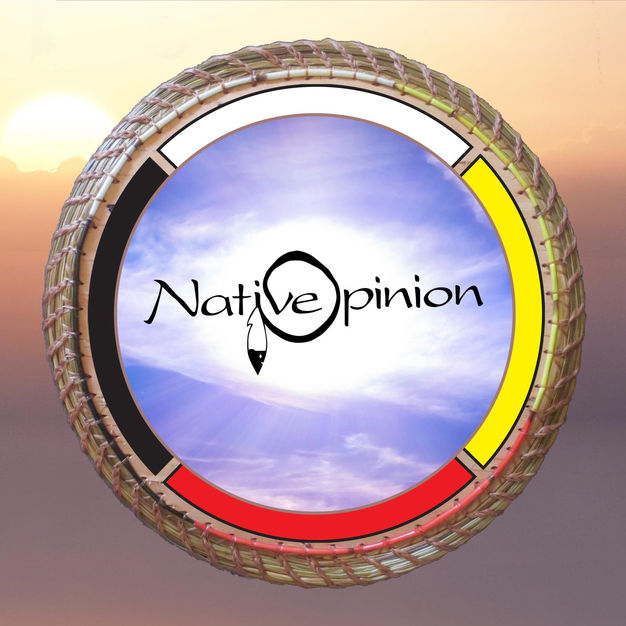 Native Opinion Podcast an American Indian Perspective
Native Opinion Podcast an American Indian Perspective
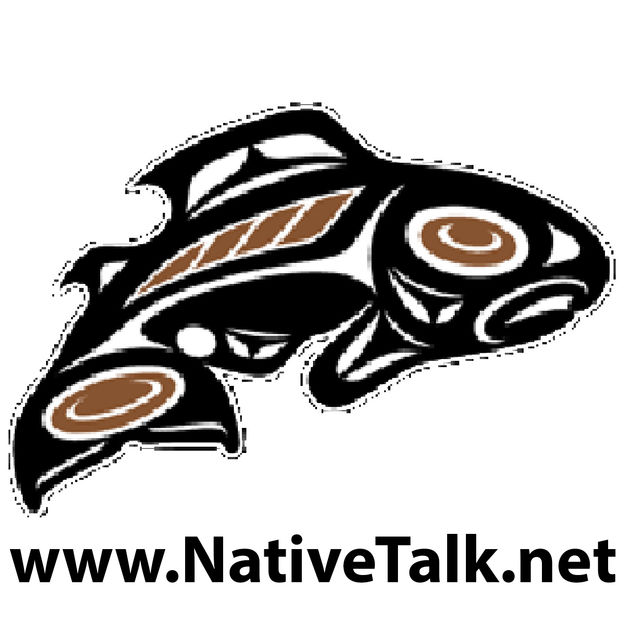 NativeTalk.net Radio Podcast
NativeTalk.net Radio Podcast
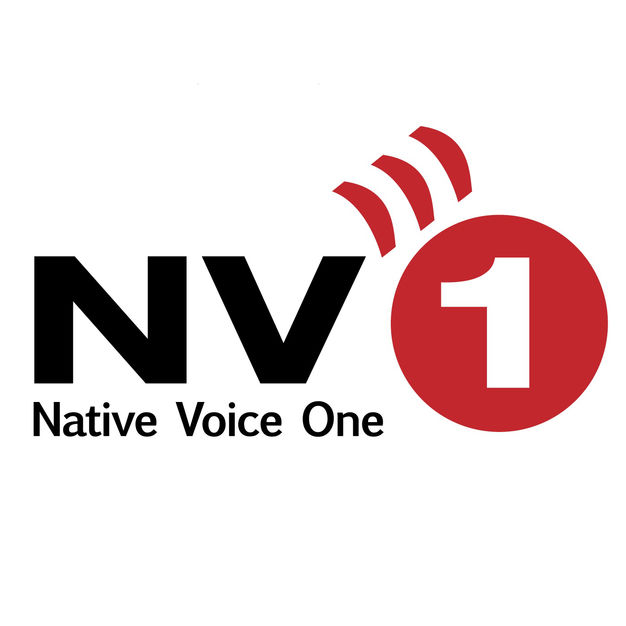 Native Voice One - The Native American Radio Network
Native Voice One - The Native American Radio Network
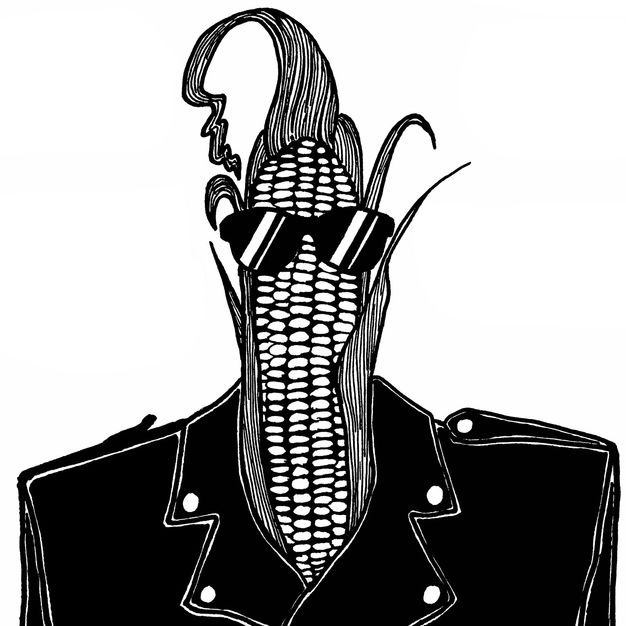 Toasted Sister Podcast
Toasted Sister Podcast
 Antonia Gonzales
Antonia Gonzales
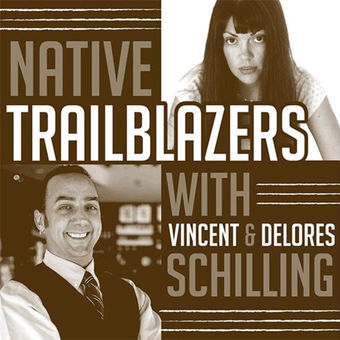 Native Trailblazers
Native Trailblazers